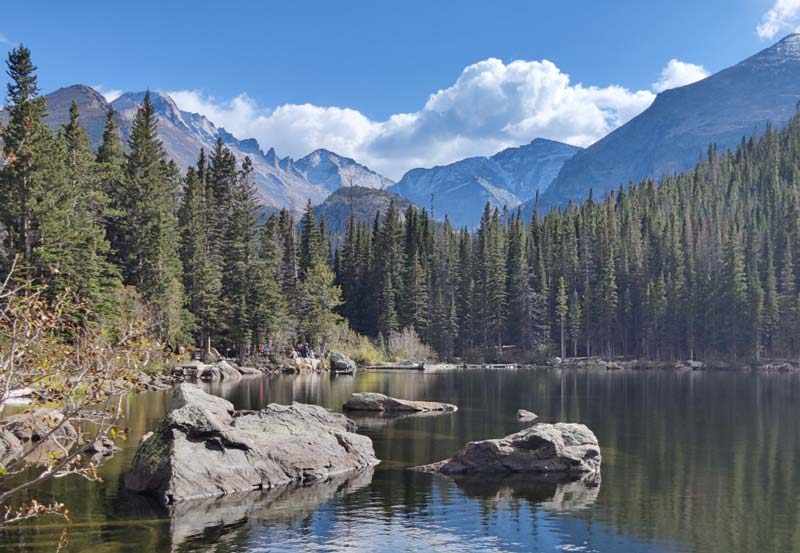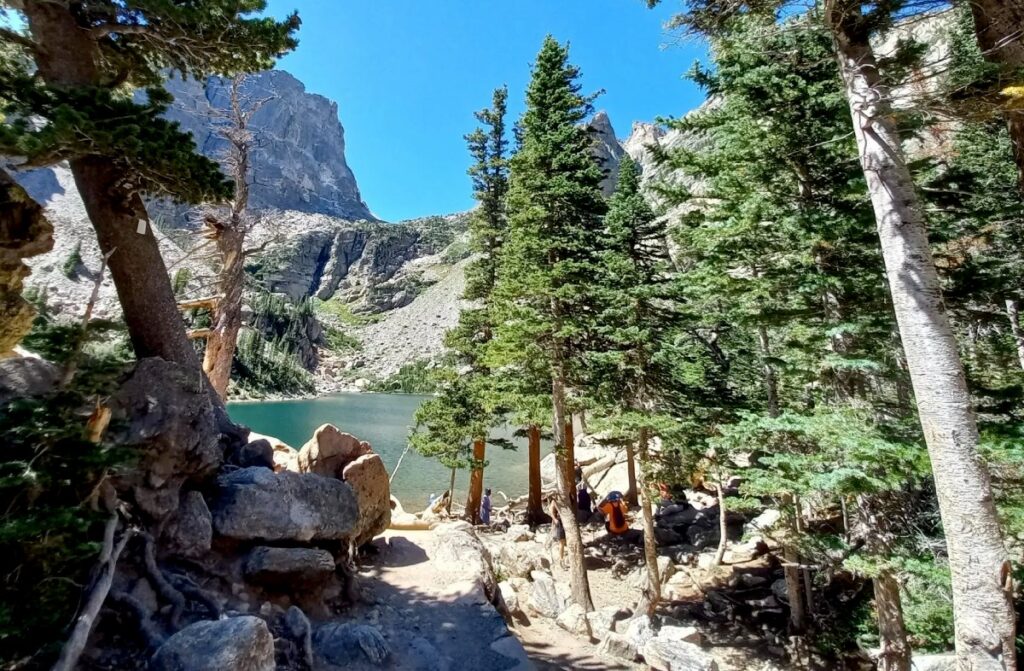Discover the breathtaking beauty of Rocky Mountain National Park, a hiker’s paradise with over 350 miles of trails. Whether you’re seeking a leisurely stroll around a serene lake or an exhilarating climb to a towering peak, this park has something for everyone. Each trail offers a unique perspective of Colorado’s stunning landscapes, from dense forests to wildflower-covered meadows.
With millions of visitors flocking to this natural wonder each year, it’s clear that hiking is the crown jewel of outdoor activities here. To help you navigate this vast wilderness, we’ve curated a list of the 15 best hikes in Rocky Mountain National Park, catering to all ages and skill levels. These day hikes promise unforgettable experiences, whether you’re a seasoned trekker or a casual explorer.
As you begin on your adventure, remember to respect nature by following the Leave No Trace principles, ensuring this pristine environment remains unspoiled for future generations.
Key Takeaways
- Diverse Hiking Trails: Rocky Mountain National Park offers over 350 miles of hiking trails, catering to all skill levels, from easy walks to strenuous climbs.
- Scenic Highlights: Hikers can experience stunning natural features, including pristine lakes, cascading waterfalls, and panoramic mountain views, with trails like the Sky Pond Trail and Bear Lake Loop being highlights.
- Wildlife and Flora: The park is home to diverse wildlife and vibrant ecosystems, providing opportunities to observe a variety of species and seasonal floral displays.
- Accessibility and Planning: Many trails are accessible year-round, with recommendations for the best seasons to visit, ensuring safe and enjoyable hiking experiences.
- Conservation Awareness: Visitors are encouraged to follow Leave No Trace principles to help preserve the park’s natural beauty for future generations.
- Photography Opportunities: The park’s scenic trails offer remarkable photography options, especially during sunrise and sunset, capturing the majestic landscapes.
Discover 15 Best Hikes in Rocky Mountain National Park
Explore the legendary trails of Rocky Mountain National Park, a haven for hikers seeking adventure and natural splendor. Here’s your guide to the 15 best hikes in the park, tailored for every kind of explorer.
1. Sky Pond Trail via Glacier Gorge Trail
Conquer the Sky Pond Trail, a strenuous 9-mile trek with a 1,780-foot elevation gain. Begin your journey at the Glacier Gorge Trailhead, passing iconic spots like Alberta Falls and Timberline Falls. Your reward? The awe-inspiring views from nearly 11,000 feet.
2. Black Lake Trail
Wander the less crowded Black Lake Trail, stretching 9.4 miles with a moderate 1,463-foot elevation gain. Experience serene vistas, cascading waterfalls, and alpine meadows, making it perfect for those seeking tranquility.
3. Chasm Lake Trail
Challenge yourself on the Chasm Lake Trail, encompassing 8.5 miles with a steep 2,566-foot climb. Starting at Longs Peak Trailhead, this trail offers stunning views above the treeline, making it a rewarding yet demanding hike.
4. Flattop Mountain Trail
Ascend the Flattop Mountain Trail, a moderate yet lengthy path that begins at Bear Lake Trailhead. This trek gives you breathtaking panoramic views of the park, perfect for those craving a scenic elevation challenge.
These trails are just a glimpse of the vast offerings in Rocky Mountain National Park. Remember, while traversing these pristine paths, it’s essential to follow Leave No Trace principles, ensuring this natural wonder remains untouched for future adventurers. Whether you’re a seasoned hiker or new to the trails, this park promises unforgettable experiences around every corner.
Experience Bear Lake

